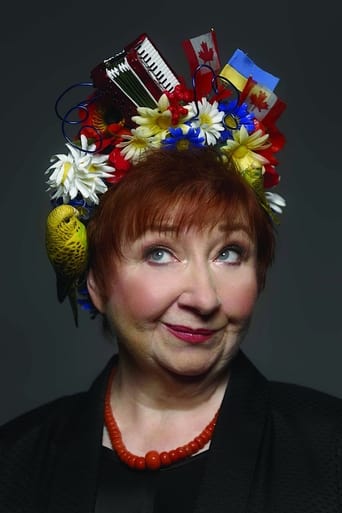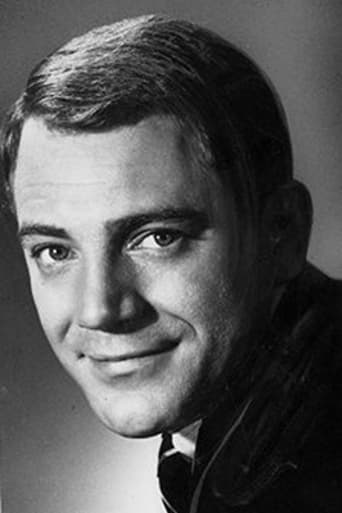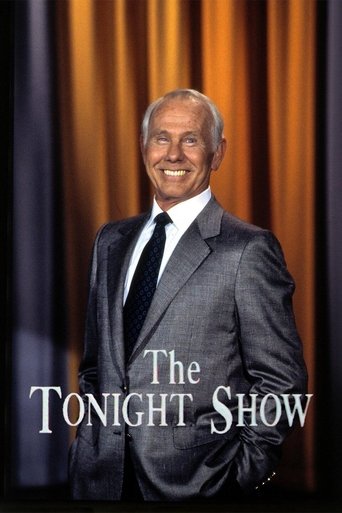
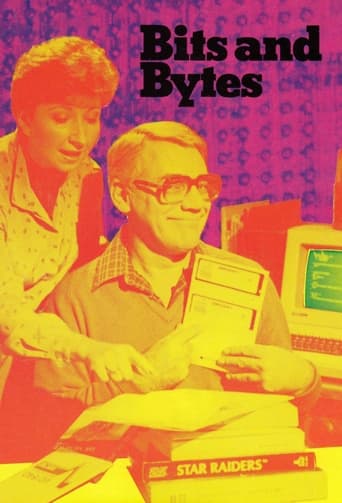
Bits and Bytes
Season - Episode
-
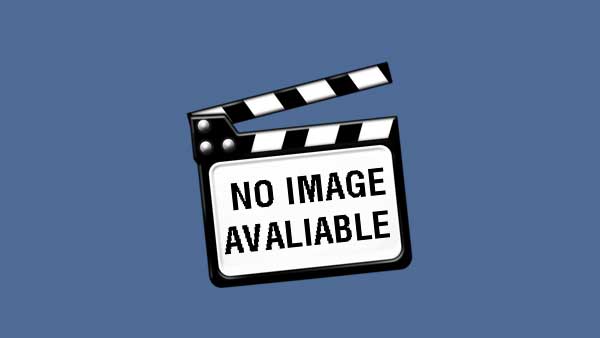 1 - 1Getting Started Feb 16, 1983
1 - 1Getting Started Feb 16, 1983 -
 1 - 2Ready-Made Programs Feb 26, 1983
1 - 2Ready-Made Programs Feb 26, 1983 -
 1 - 3How Programs Work Mar 05, 1983
1 - 3How Programs Work Mar 05, 1983 -
 1 - 4File & Data Management Jan 01, 1970
1 - 4File & Data Management Jan 01, 1970 -
 1 - 5Communication Between Computers Jan 01, 1970
1 - 5Communication Between Computers Jan 01, 1970 -
 1 - 6Computer Languages Jan 01, 1970
1 - 6Computer Languages Jan 01, 1970 -
 1 - 7Computer-Assisted Instruction Jan 01, 1970
1 - 7Computer-Assisted Instruction Jan 01, 1970 -
 1 - 8Games & Simulations Jan 01, 1970
1 - 8Games & Simulations Jan 01, 1970 -
 1 - 9Computer Graphics Jan 01, 1970
1 - 9Computer Graphics Jan 01, 1970 -
 1 - 10Computer Music Jan 01, 1970
1 - 10Computer Music Jan 01, 1970 -
 1 - 11Computers at Work Jan 01, 1970
1 - 11Computers at Work Jan 01, 1970 -
 1 - 12What Next? Jan 01, 1970
1 - 12What Next? Jan 01, 1970
Overview
Bits and Bytes was the name for two Canadian television series, starring Billy Van, who teaches people the basics of how to use a computer. The first series debuted in 1983 and the second series, called Bits and Bytes 2, in 1991. The first series also included popular comedian Luba Goy as the instructor to Van. The intro sequence featured a montage of common computer terms such as "ERROR", "LOGO" and "ROM", as well as various snippets of simple computer graphics and video effects, accompanied by a theme song that very heavily borrows from the 1978 song Neon Lights by Kraftwerk. The series were produced by TVOntario. The Writer-Producers of Both Bits and Bytes and Bits and Bytes 2 were Denise Boiteau & David Stansfield. The original series featured an unusual presentation format whereby Luba Goy as the instructor would address Billy Van through a remote video link. The video link would appear to Luba who was seated in an office on a projection screen in front of her. She was then able to direct Billy who appeared on a soundstage with various desktop computer setups of the era. Popular systems emphasized included the Atari 800, Commodore PET, Tandy TRS-80, and Apple II. Each episode also included short animated vignettes to explain key concepts, as well as videotaped segments on various developments in computing. In the new 1991 series, Billy Van assumed the role of instructor and taught a new female student. As a decade had passed, the new series focused primarily on IBM PC compatibles running DOS and earlier versions of Windows, as well as the newer and updated technologies of that era.

